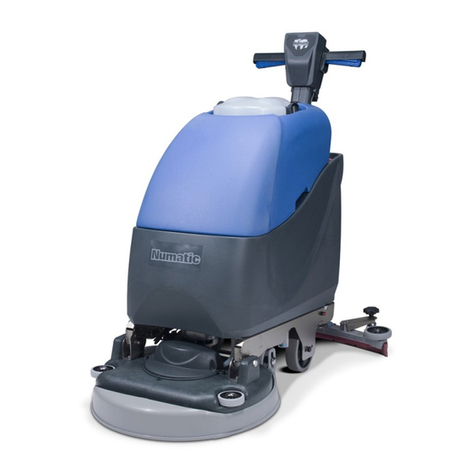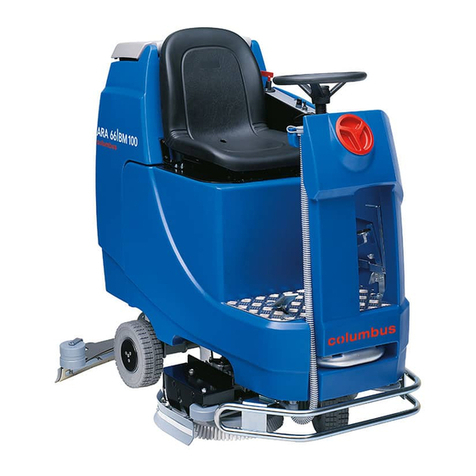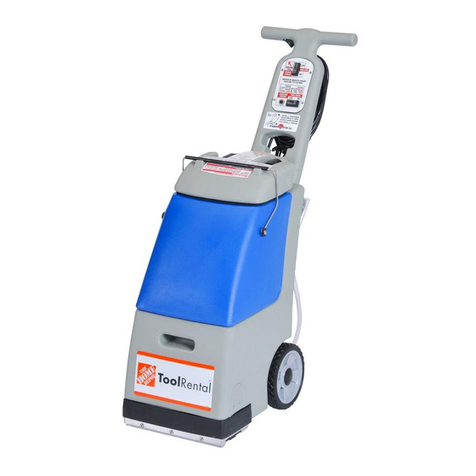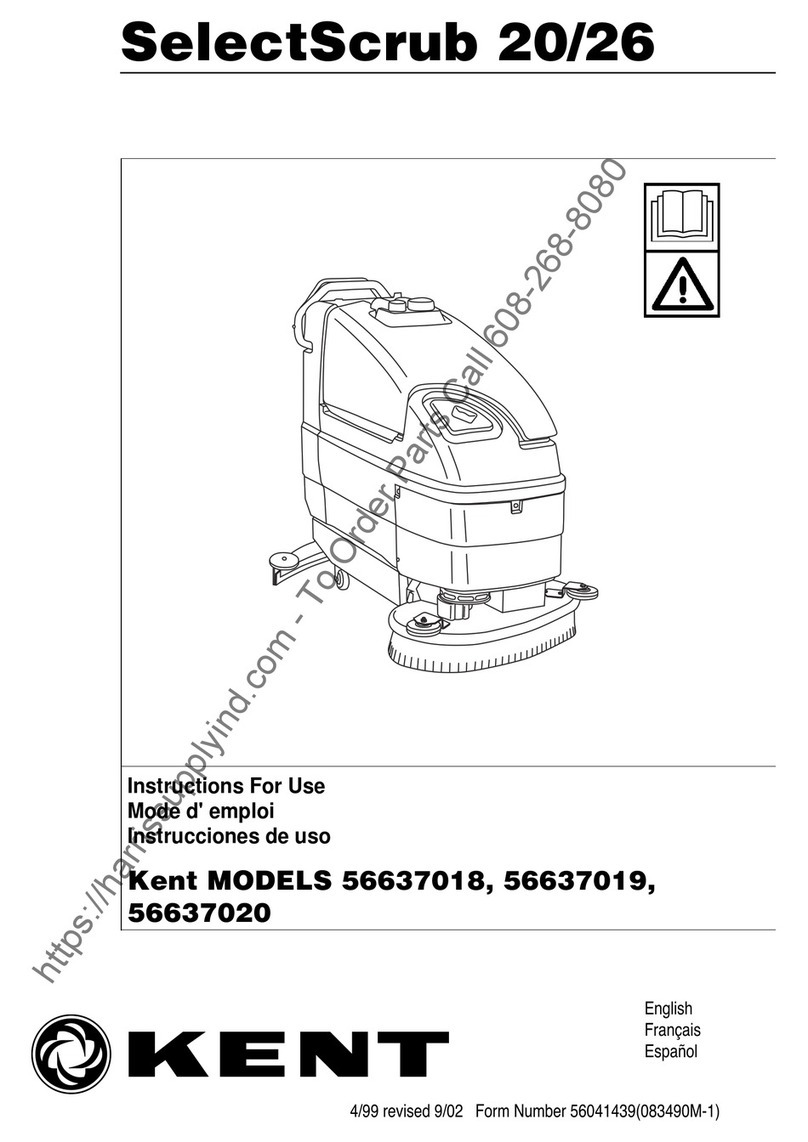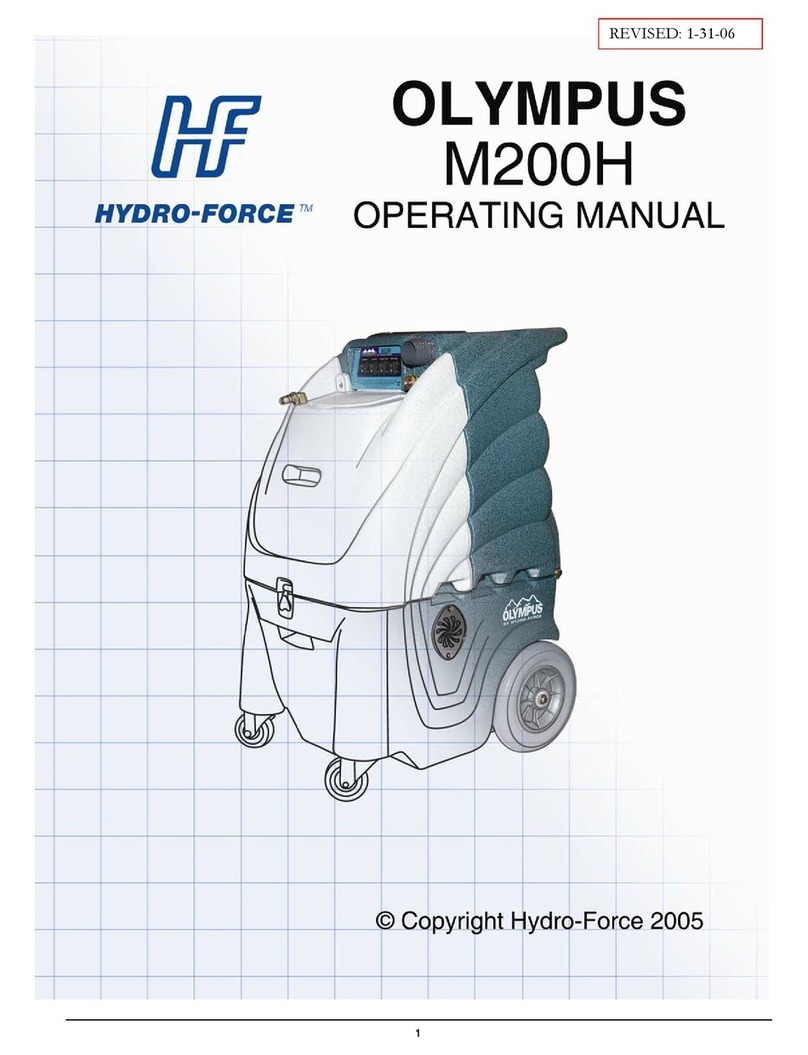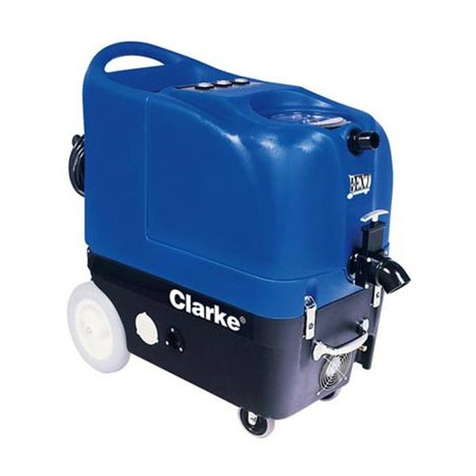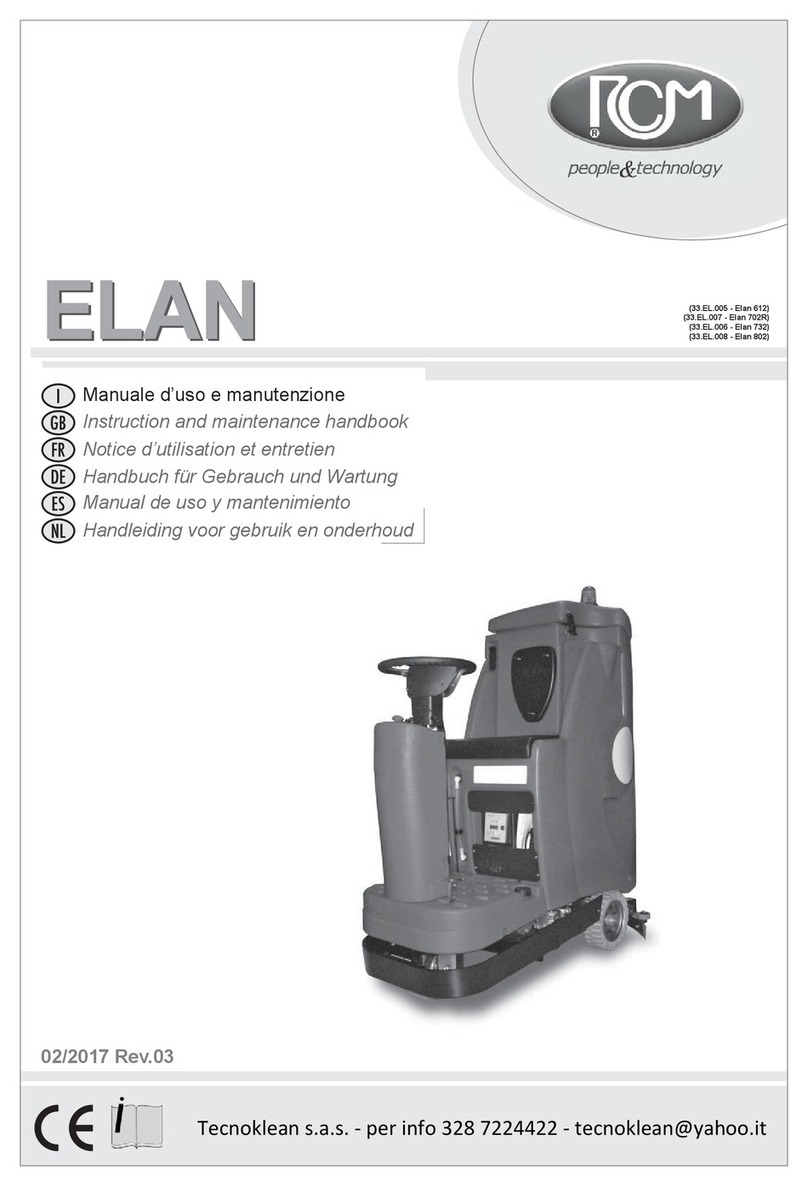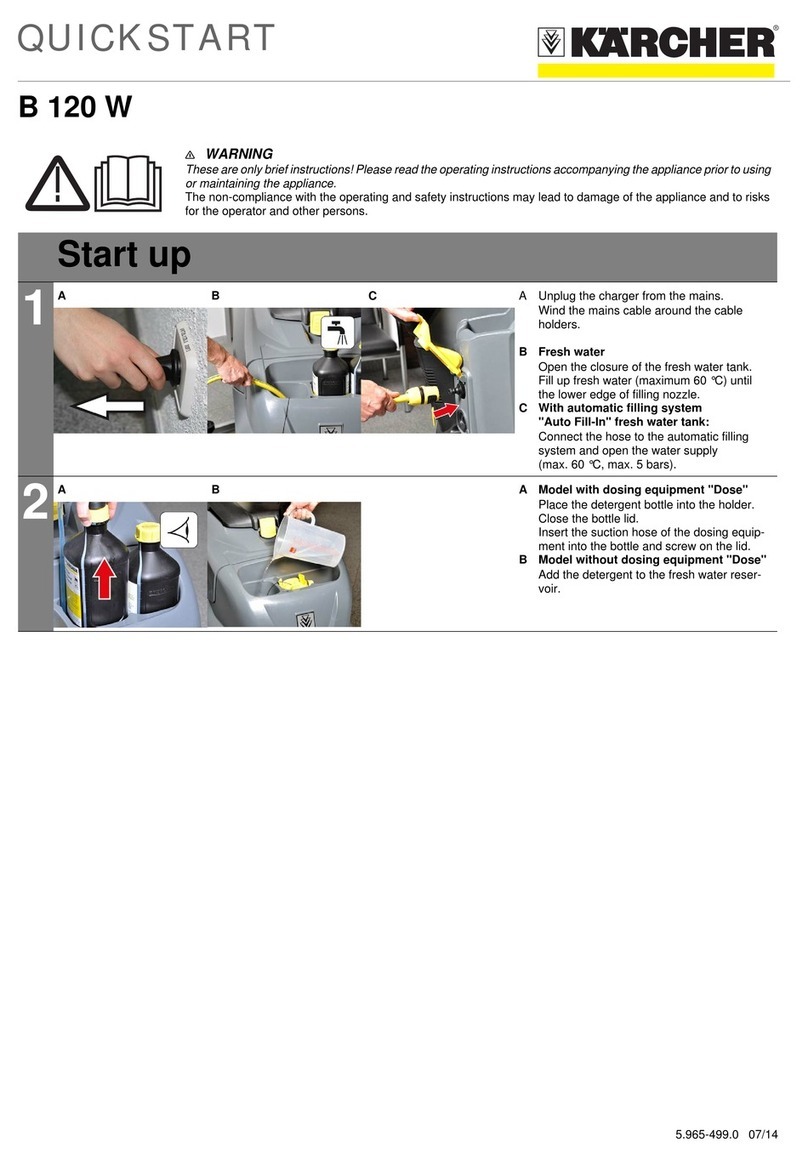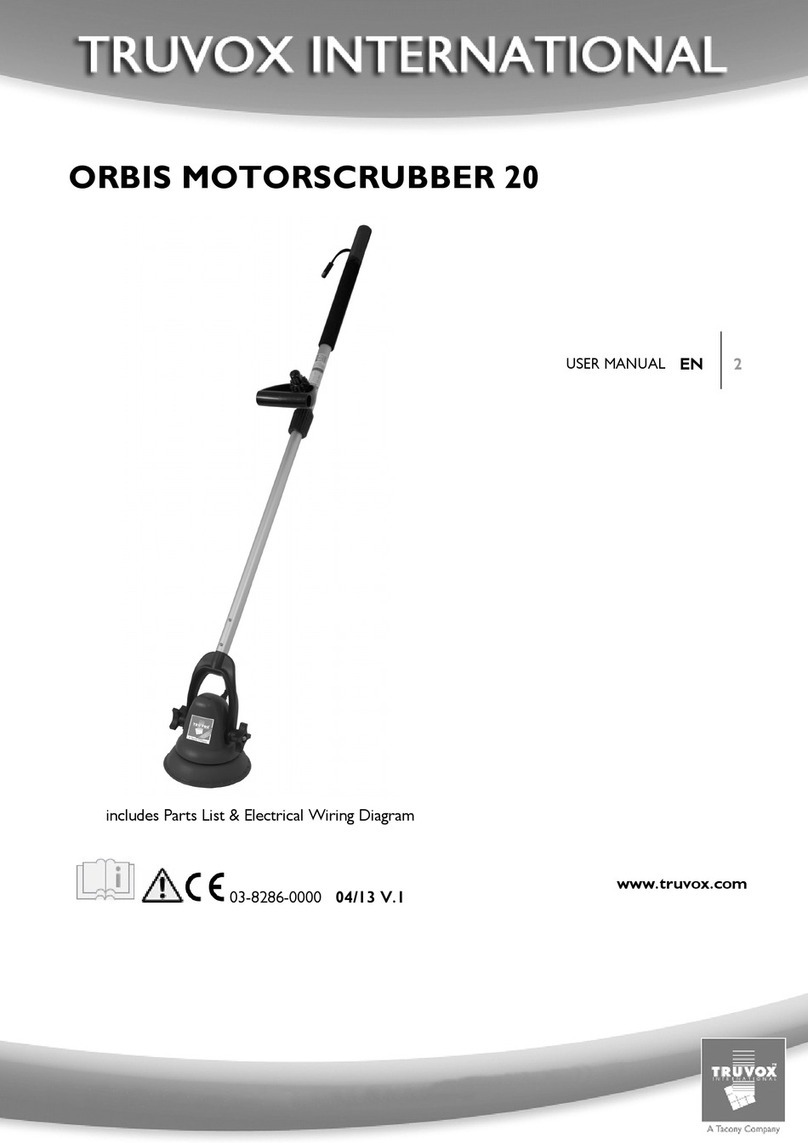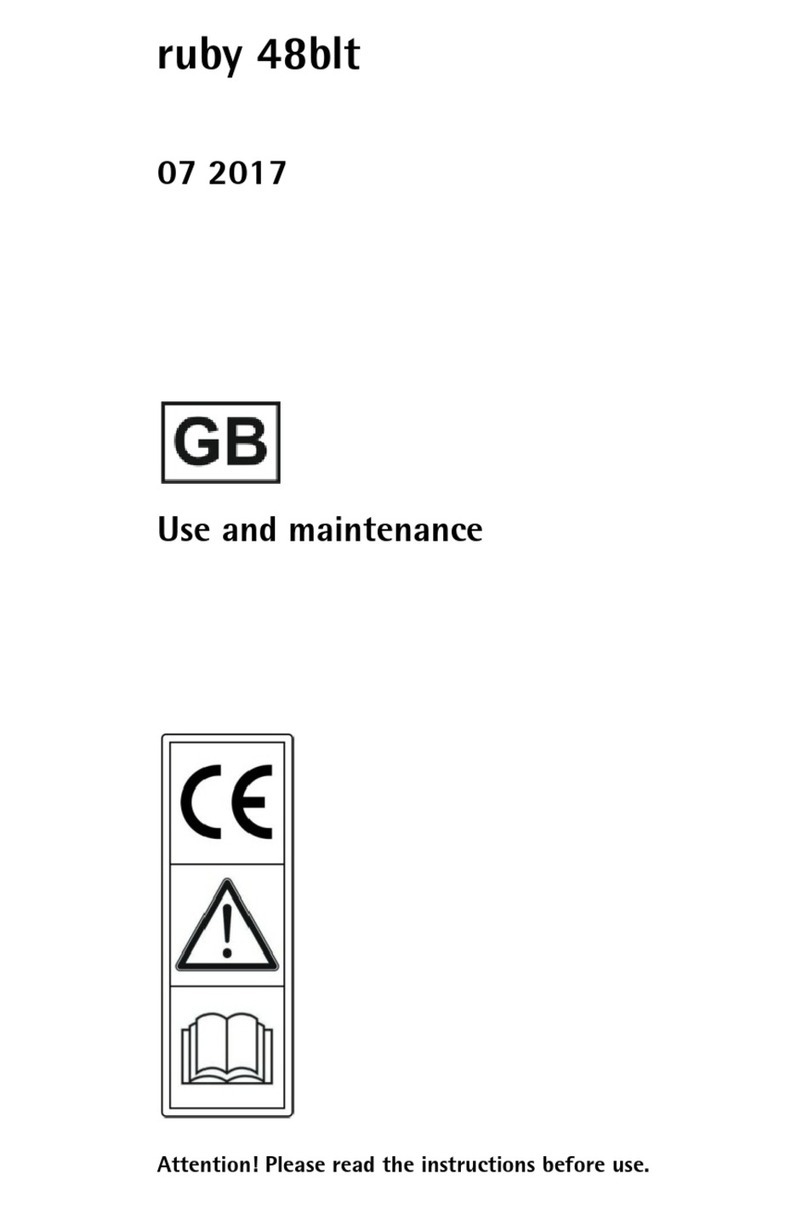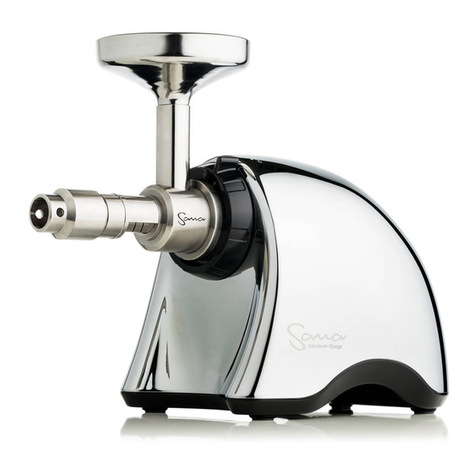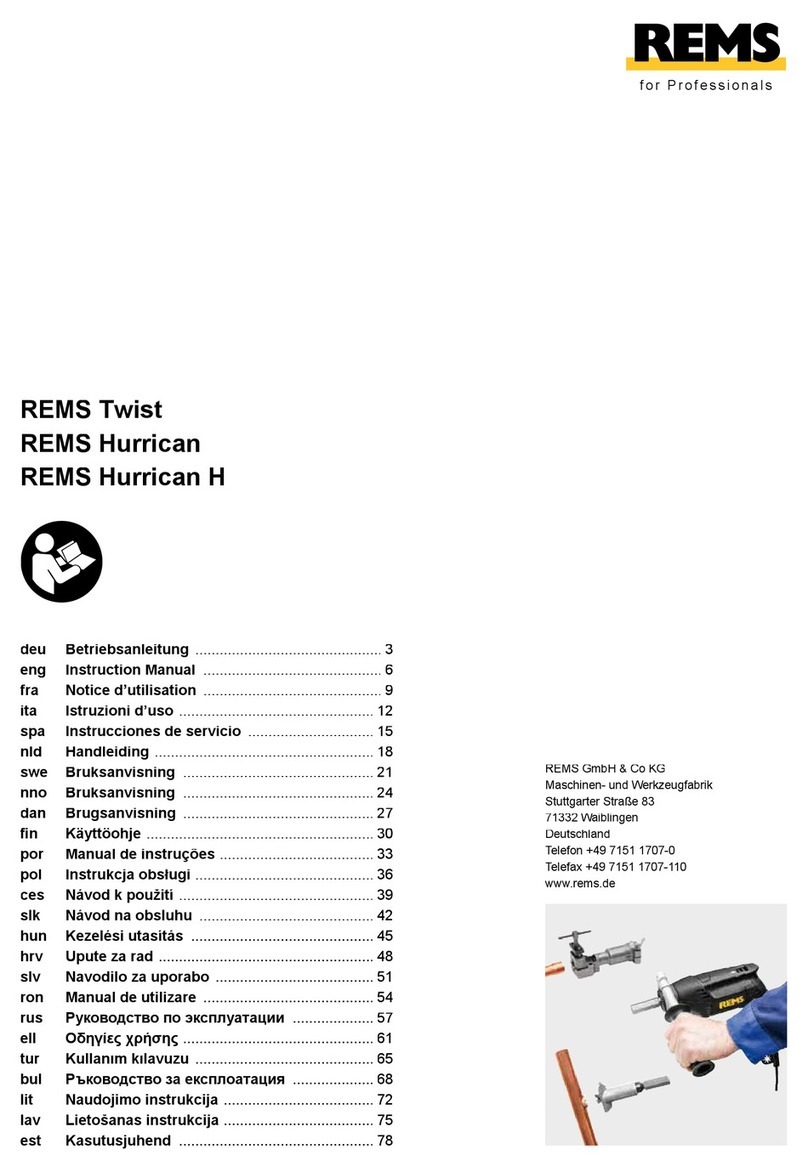
INSTRUCTIONS FOR USE
Razor Blade 26D/28D – Razor Blade 28C — 909 6457 000(2)2006-11 3
SAFETY
The following symbols indicate potentially dangerous
situations. Always read this information carefully and take all
necessary precautions to safeguard people and property.
The operator's cooperation is essential in order to prevent
injury. No accident prevention program is effective without the
total cooperation of the person responsible for the machine
operation. Most of the accidents that may occur in a factory,
while working or moving around, are caused by failure to
comply with the simplest rules for exercising prudence. A
careful and prudent operator is the best guarantee against
accidents and is essential for successful completion of any
prevention program.
SYMBOLS
GENERAL INSTRUCTIONS
Specific warnings and cautions to inform about potential
damages to people and machine are shown below.
– Disconnect the batteries before performing any
maintenance/repair procedure.
– This machine must be used by properly trained and
authorized personnel only. Children or disabled people
cannot use this machine.
– Keep the battery far from sparks, flames and
incandescent material. During normal operation,
explosive gases are released.
– Do not wear jewelry when working near electrical
components.
– Do not work under the lifted machine without supporting
it with safety stands.
– Do not operate the machine near toxic, dangerous,
flammable and/or explosive powders, liquids or vapors.
– Battery charging produces highly explosive hydrogen
gas. Keep the tank assembly open during battery
charging and perform this procedure in well-ventilated
areas and away from naked flames.
– Carefully read all the instructions before carrying out any
maintenance/repair procedure.
– To reduce the risk of fire, electric shock, or injury, do not
leave the machine unattended when it is plugged in.
Unplug the machine from the outlet when not in use and
before servicing.
– To avoid electric shock, do not expose to rain. Store the
machine indoors.
– Do not allow to be used as a toy. Close attention is
necessary when used near children.
– Use only as shown in this Manual. Use only KENT's
recommended accessories.
– Do not use with damaged power supply cable or plug. If
the machine is not working as it should, has been
damaged, left outdoors or dropped into water, return it to
the Service Centre.
– Do not pull or carry the machine by the power supply
cable and never use the power supply cable as a handle.
Do not close a door on the power supply cable, or pull
the power supply cable around sharp edges or corners.
Do not run the machine on the power supply cable. Keep
the power supply cable away from heated surfaces.
– Take all necessary precautions to prevent hair, jewelry
and loose clothes from being caught by the machine
moving parts.
– Do not smoke while charging the batteries.
– Do not leave the machine unattended without being sure
that it cannot move independently.
– Do not use the machine on slopes with a gradient
exceeding the specifications.
– Do not wash the machine with direct or pressurized
water jets, or with corrosive substances.
– Do not use the machine in particularly dusty areas.
– While using this machine, take care not to cause
damage to other people, especially children.
– Do not put any can containing fluids on the machine.
– The machine storage temperature must be between
+32°F and +104°F (0°C and +40°C).
– The machine working temperature must be between
+32°F and +104°F (0°C and +40°C).
– The humidity must be between 30% and 95%.
DANGER!
It indicates a dangerous situation with risk of
death for the operator.
WARNING!
It indicates a potential risk of injury for people
or damage to objects.
CAUTION!
It indicates a caution related to important or
useful functions.
Pay careful attention to the paragraphs marked
by this symbol.
NOTE
It indicates a remark related to important or
useful functions.
CONSULTATION
It indicates the necessity to refer to the
Instructions for Use Manual before performing
any procedure.
DANGER!
WARNING!
